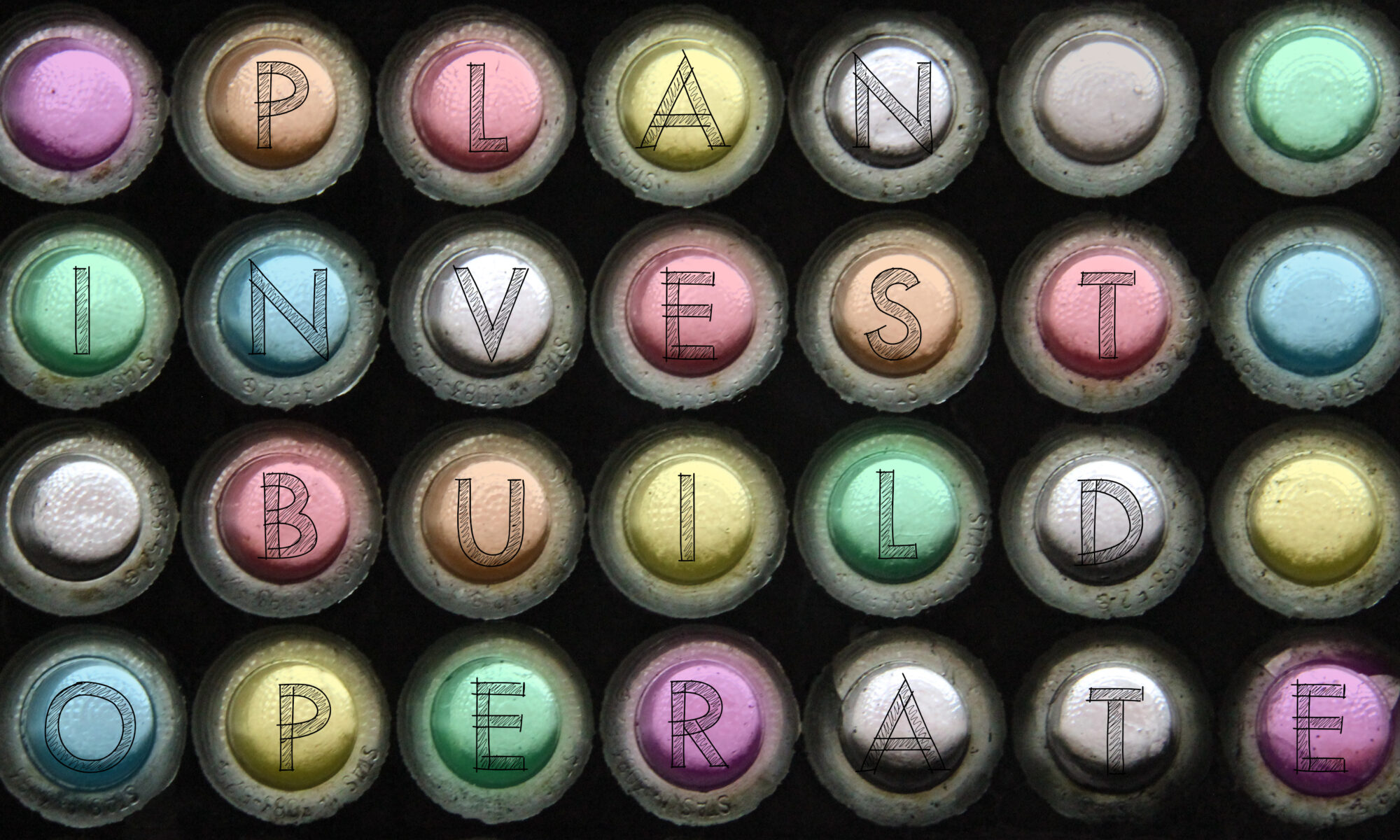Environmental design details and links to aids/platforms, resources, assessment and certification programs relevant to hotel real estate development.
BREEAM (Building Research Establishment Environmental Assessment Method)
BREEAM first published in 1990 by the UK based Building Research Establishment (BRE) owned by the BRE Trust, a registered charity, is a sustainability assessment method for master planning projects, infrastructure and buildings. It recognises and reflects the value in higher performing assets across the built environment lifecycle, from new construction to in-use and refurbishment. BREEAM does this through third-party certification of the assessment of an asset’s environmental, social and economic sustainability performance, using standards developed by BRE. BREEAM rated developments are more sustainable environments that enhance the well-being of the people who live and work in them, help protect natural resources and make for more attractive property investments.
Key Concepts (for commercial buildings)
- Energy
- Health & Wellbeing
- Innovation
- Land Use
- Materials
- Management
- Pollution
- Transportation
- Waste
- Water
EDGE (Excellence in Design for Greater Efficiencies)
Certification levels: Level 1 (20% saving), Level 2 (40% saving), Level 3 (zero carbon).
EDGE, an innovation of the International Finance Corporation (IFC) part of the World Bank, is an online platform, a green building standard and a certification system for over 140 countries. The EDGE application helps to determine the most cost-effective options for designing green within a local climate context. The application can be used for buildings of all vintages, including new construction, existing buildings and major retrofits. A project that reaches the EDGE standard of 20% less energy and water use, and has 20% less embodied energy in materials compared to a base case building can be independently certified. The value of certification is a promotional advantage, as customers benefit from lower utility bills.
Key Concepts (for hotels)
- Energy
- Water
- Materials
LEED (Leadership in Energy and Environmental Design)
Based on LEED v4.1 for Building/Interior Design & Construction
Certification levels: Certified (40-49), Silver (50-59), Gold (60-79), Platinum (80+).
Indicative cost (commercial building, non-member, based on GFA 12,000 sqm in 2020, Europe) – registration & certification: circa €13,500. Recertification (+3-years): circa €4,500. Excludes consulting and support fees available from accredited 3rd party environmental building consultants.
LEED was developed in the 1990s by the non-profit U.S. Green Building Council (USGBC) and includes a set of rating systems for the design, construction, operation, and maintenance of green buildings, with the aim to help property owners and operators be environmentally responsible and use resources efficiently. LEED is the most widely used green building rating system in the world and is available for virtually all building, community and home project types. LEED provides a framework to create healthy, highly efficient and cost-saving green buildings. Certification is a globally recognised symbol of sustainability achievement and works for all buildings, regardless of where they are in their life cycle.
Key Concepts (for commercial buildings)
- Location & transportation
- Sustainable sites
- Water efficiency
- Energy & atmosphere
- Materials & resources
- Indoor environmental quality
- Innovation in design
The WELL Building Standard
Based on WELL v2 for Building/Interior Design & Construction
Certification levels (All preconditions +%): Silver (+0%), Gold (+40%), Platinum (+80%).
Indicative cost (commercial building, non-discounted, based on GFA 12,000 sqm in 2020) – Registration & certification: circa $25,500. Recertification (+3-years): circa $6,850. Excludes consulting and support fees available from accredited 3rd party environmental building consultants.
The WELL Building Standard launched in October 2014 is a global benchmark for buildings, interior spaces and communities seeking to implement, validate and measure features that support and advance human health and wellness. The standards and certification are administered by the International WELL Building Institute™ (IWBI™) which pursues applicable research, develops educational resources, and advocates for policies that promote health and wellness everywhere. The rating system is the first to be focused exclusively on the ways that buildings, and everything in them, can improve our comfort, drive better choices, and generally enhance, not compromise, our health and wellness. WELL Certification and the WELL AP credentialing program are third-party administered through IWBI’s collaboration with Green Business Certification Inc. (GBCI).
- WELL Building Institute™ Website
- WELL v2 Verification Submittal Requirements
- Green Business Certification Inc. Wikipedia site
Key Concepts (for building occupants)
- Air
- Water
- Nourishment
- Light
- Movement
- Thermal Comfort
- Sound
- Materials
- Mind
- Community
Air – Optimal indoor air quality to support health and well-being. Water – Optimise available water quality and the promotion of its accessibility. Nourishment – Encourage healthier eating habits and food culture, leading to better health and well-being. Light – Minimize disruptions to the circadian rhythms, enhance productivity, and improve physical energy and mood levels. Movement – Promote physical activity in everyday life. Thermal Comfort – Promote productivity and provide a maximum level of thermal comfort design, providing users with control. Sound – Identify and mitigate acoustical comfort parameters that shape occupant experiences. Materials – Reduce exposure, whether direct or through environmental contamination, to chemicals that may impact health. Mind – Support for mental and emotional health and well-being. Community – Support access to essential healthcare, build a culture of health that accommodates diverse population needs and establish an inclusive, engaged occupant community.
